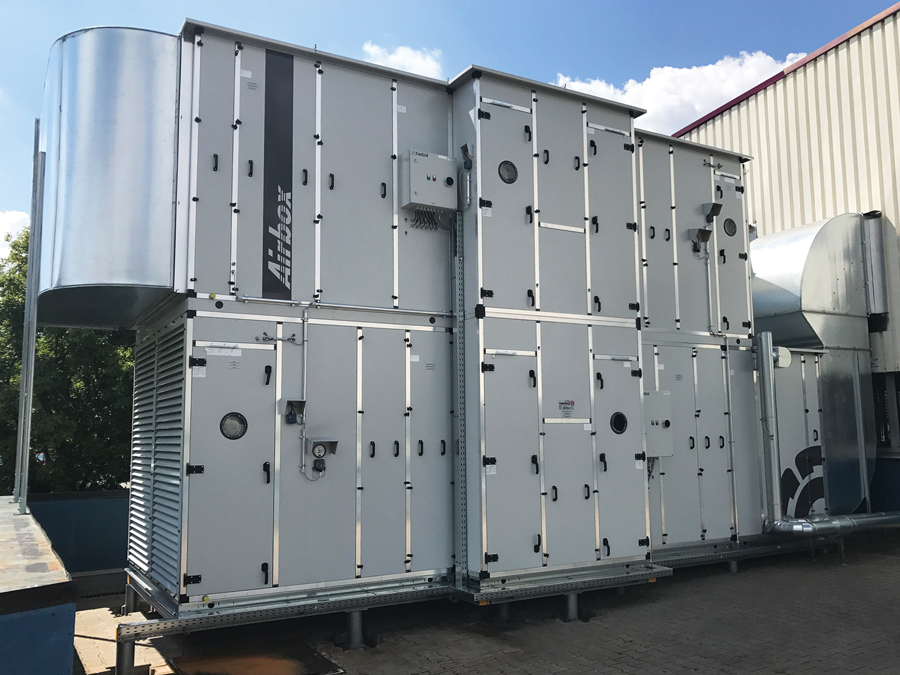Tech Tips—A Ton of Refrigeration
Refrigeration capacity ratings can be confusing, and different industries use different rating
standards. A 50 HP compressor with R-22 refrigerant may have a 50-ton capacity rating at warm RSW
temperatures; however, this decreases very rapidly as operating temperature drops. When used for
freezing this same compressor may only provide 71
/2-tons refrigeration capacity. Compressors also provide
different capacity with different refrigerants.
Technically, capacity ratings are only true at one set of operating conditions—a specific suction
temperature (low pressure), discharge temperature (high pressure), compressor RPM, and refrigerant.
A TON OF REFRIGERATION, or 12,000 BTU per hour capacity, is a term surviving from the day when ice
ruled refrigeration:
A ton of ice melting over 24 hrs. provides a ton of refrigeration each hour.
2,000 lbs. of ice at 144 BTUs per pound = 288,000 BTUs
288,000 ÷ 24 hrs. = 12,000 BTUs per hour, or 1 ton of refrigeration.
Applying this information for chilling- or freezing-load calculations:
1 lb. of water requires removing 1 BTU to lower its temperature 1°F.*
Using this to calculate theoretical water-chilling capacity:
1 ton of refrigeration (12,000 BTUs per hour) will chill
12,000 lbs. water/fish 1°F in 1 hour.
Theoretically, then, a sample application to chill seawater and fish:
40 tons refrigeration (480,000 BTUs per hour) will chill
120,000 lbs. water/fish 20°F in 5 hours.
Taking into account a typical 1.4 correction factor for insulation losses, reduced capacity at lower
temperatures, heat from friction, etc., a 40-ton system would chill:
120,000 lbs. chilled 20°F in approximately 7 hours.
Calculating freezing capacity must also take into account the considerable heat removal required to
change state from a fluid to a solid (frozen state) at a more or less constant temperature at freezing point
(called latent heat of fusion). Refrigeration tables are published for freezing different types of fish, typically
ranging from 70% to nearly 100% of that required to freeze water (144 BTUs per pound).
Freezing, then, must calculate 3 separate stages: cooling from starting temperature to freeze point;
change of state; and lowering the temperature below freezing to the desired storage temperature.
How does this translate to chilling or freezing your catch? Refrigeration tonnage isn’t your hold’s
gross-weight tonnage stamped on the hatch coaming, but instead accounts for the amount of water or
fish you have to chill or freeze in the specific time you need to bring it to the desired temperature.
Bring your refrigeration requirements to us and we’ll do the calculations for you. It’s quite common
to have a vision that would require more power or cost than you can realistically afford or fit on the boat.
The vision often needs revising. You go back and change it, looking for the workable scenario, whether
powering electrically, hydraulically, or direct-diesel drive.
*Scientifically precise calculations would take into account slight adjustments for salinity, temperature
and other variables.


No comments:
Post a Comment